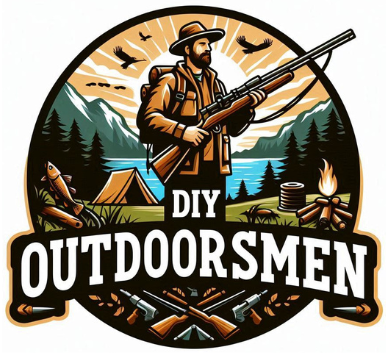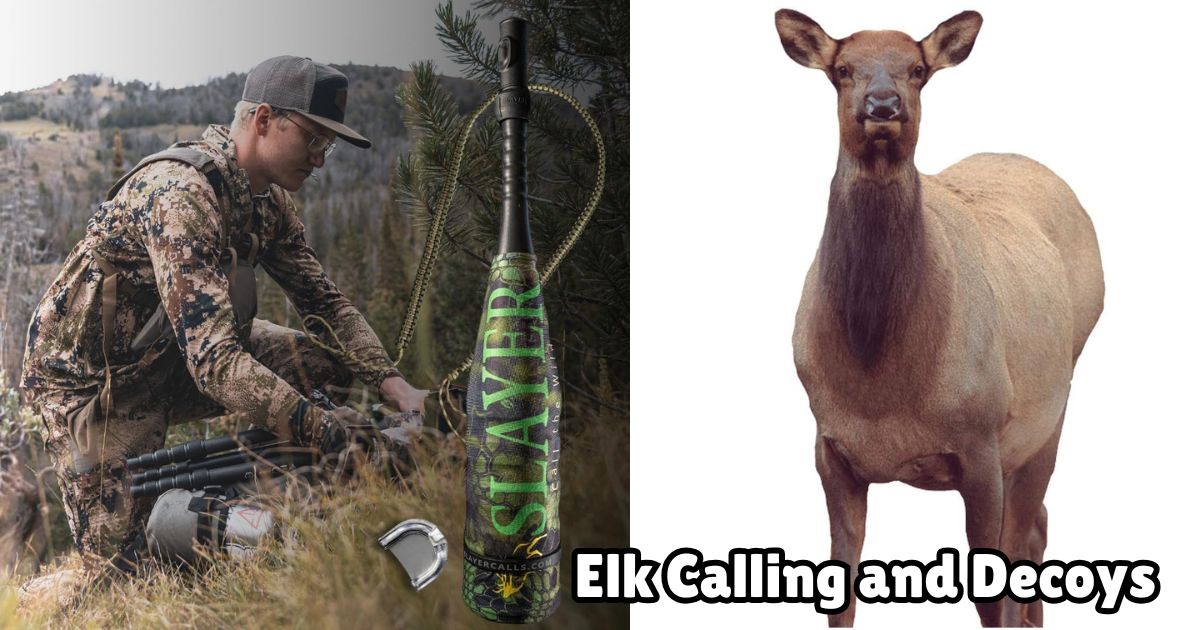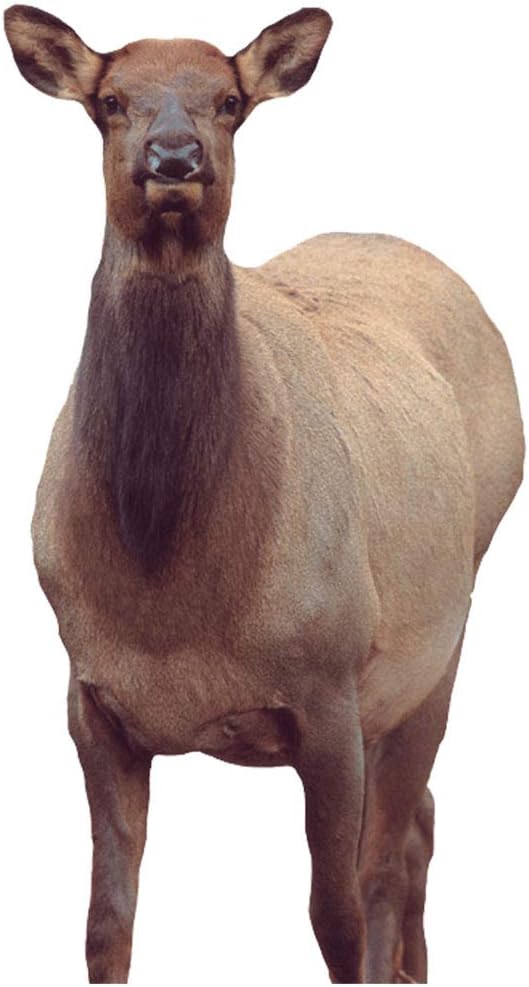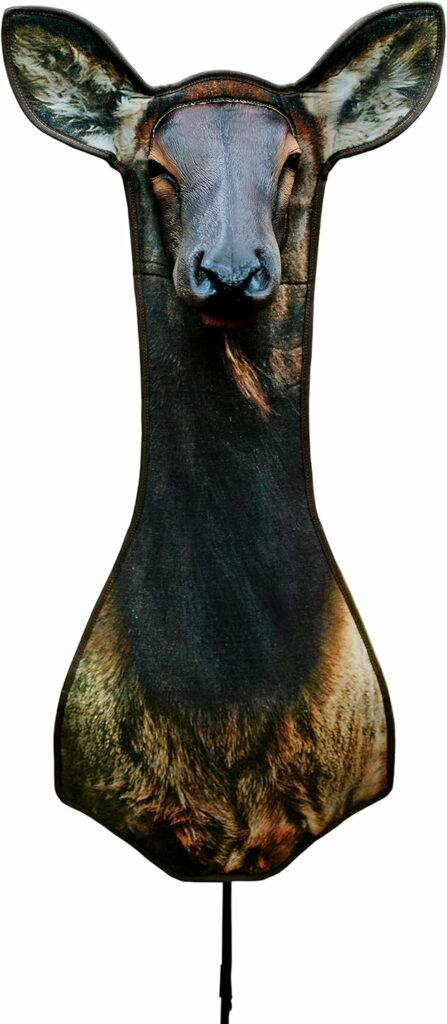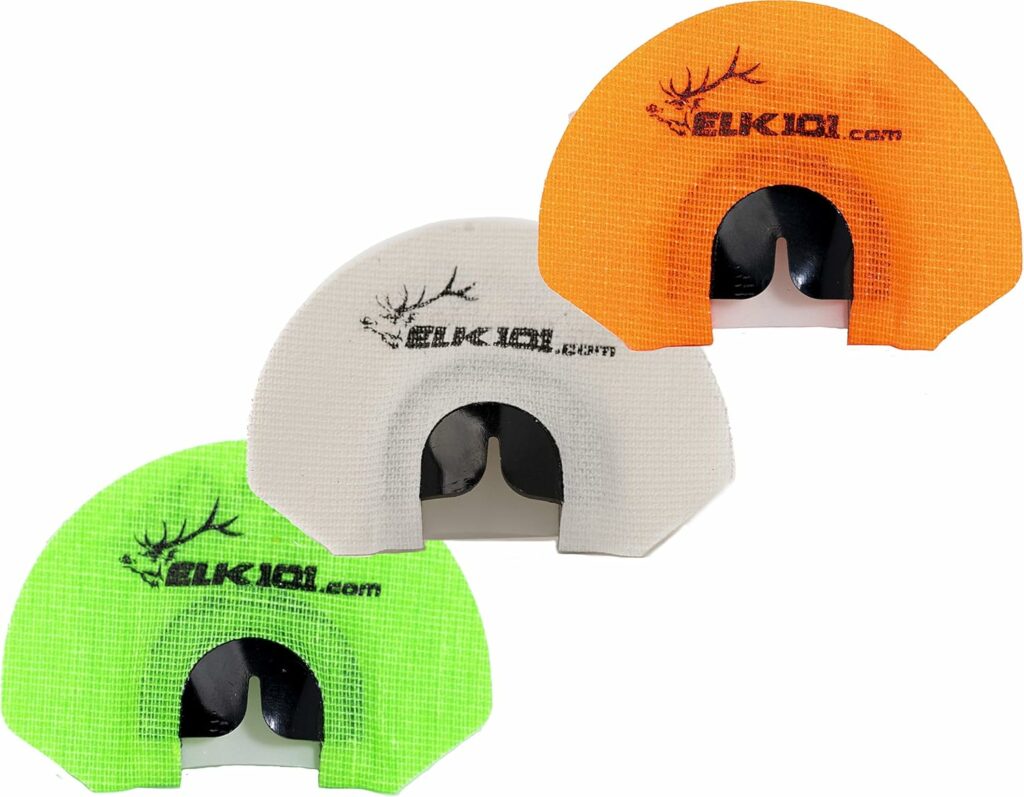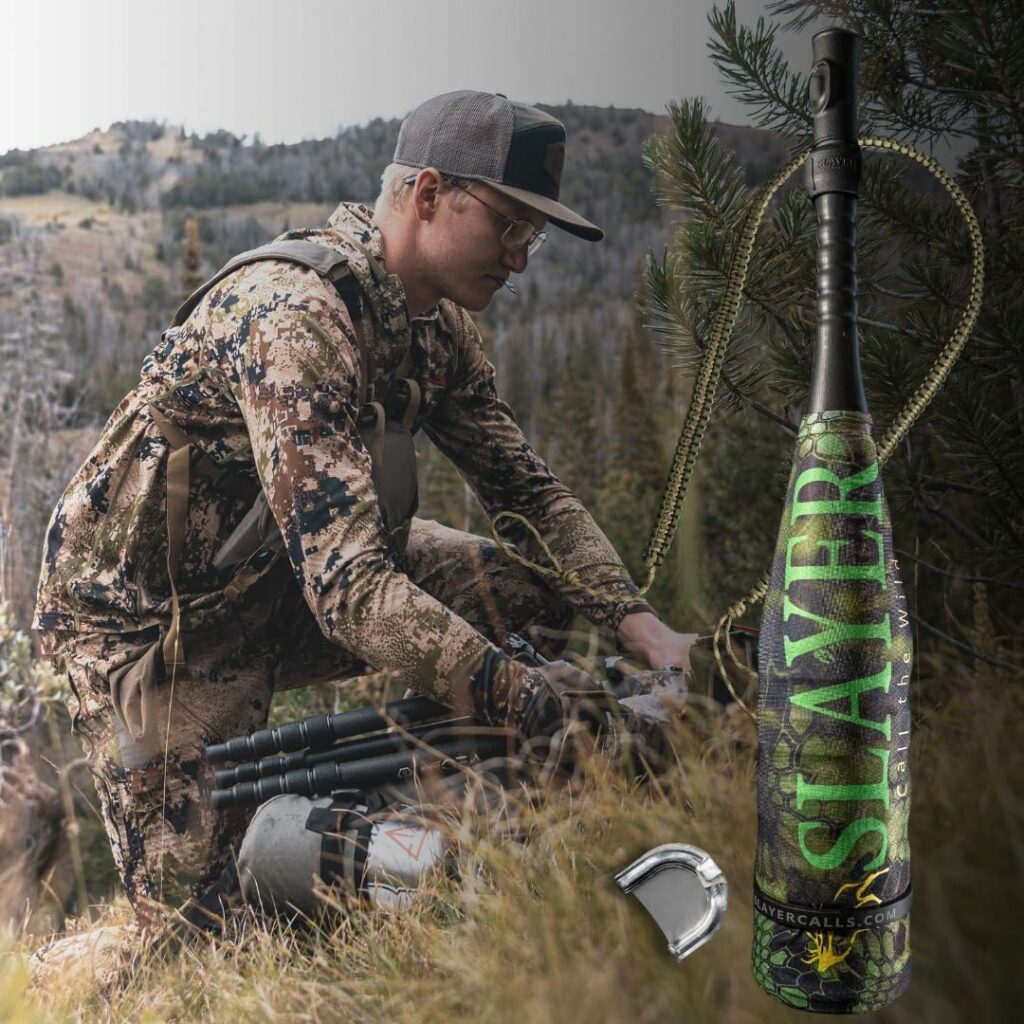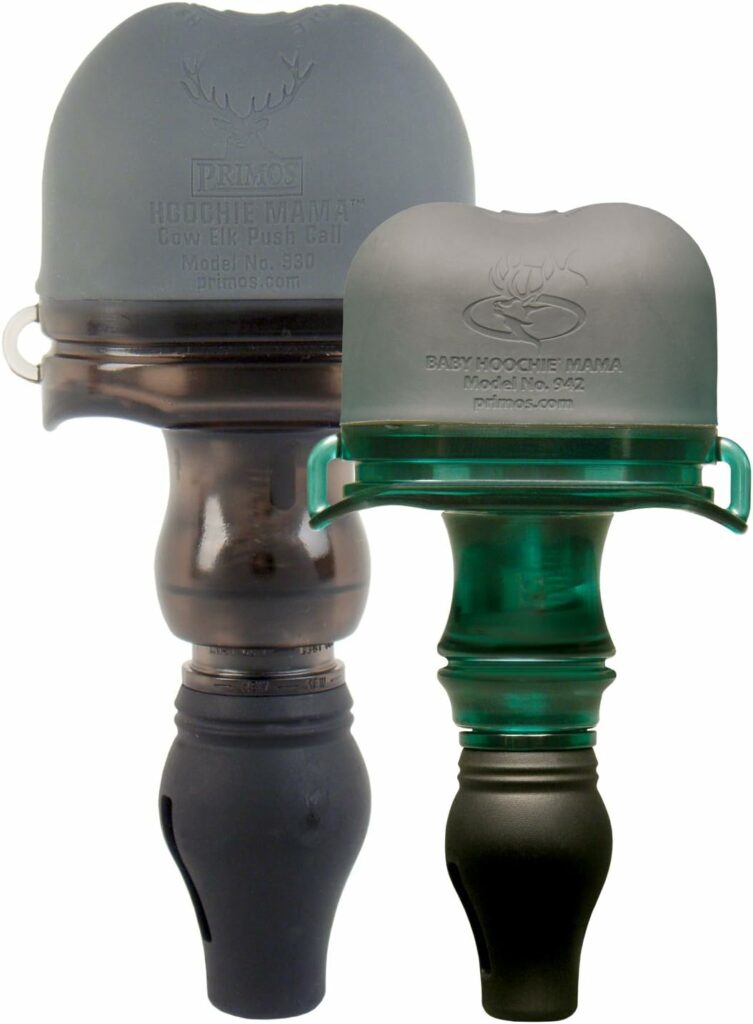Contents
- 1 Why Combine Elk Decoys and Calling?
- 2 Setting Up Decoys for Elk Hunting
- 3 Practical Tutorials for Mastering Elk Calling
- 4 Reading Elk Behavior and Adjusting on the Fly
- 5 DIY Elk Decoy and Calling Challenges
- 6 Advanced Tips for DIY Elk Decoy and Calling
- 7 Frequently Asked Questions
- 8 Final Thoughts on DIY Elk Decoy and Calling Success
Learning to use an elk decoy and mastering elk calls can change the outcome of a hunt. For me, combining the visual effect of a decoy with authentic sounds brings more bulls into shooting range. I’ve spent time experimenting with different setups, and this guide shares the basics and some hands-on tips I’ve picked up along the way. Whether you’re new to elk hunting or looking to step up your game, these strategies can help you track down more action in the field.
QUICK LOOK: Tips for Elk Decoys and Calling
- Locator bugle: I use a short bugle at dawn or dusk to make bulls answer back. It helps me pin down their location within earshot quickly and decide where to set up.
- Cow calls: These are subtle and nonthreatening. I run through high-pitched mews and chirps with pauses, as if real cows are moving and feeding together. Mixing up volume, length, and pitch makes it believable and keeps things natural.
- Challenge bugle: Best used when a bull acts dominant or agitated. My tip is to wait until I’m close, within a hundred yards, and follow up the bugle with low-pitched chuckles or grunts. This makes me sound like a bull that means business and can draw a territorial response.
- Start soft, then get louder only if there’s no response. Think of it like a real elk— they rarely shout right away unless pressured.
- Match your calling to the season. Go heavier on bugles in early rut, and use more cow calls as bulls herd up cows later in the season.
- If bulls come in quietly, sometimes staying silent helps, allowing you to stalk using the decoy for cover rather than drawing attention with calls.
- Add emotion to calls by varying pitch and intensity so it sounds less robotic and more like a real elk interacting with its environment.
Why Combine Elk Decoys and Calling?
Elk use their senses of sight, hearing, and smell before coming in close. When I pair a decoy with good calling, I increase my odds because I’m appealing to both sight and hearing at the same time. Bulls can get suspicious when they hear cow calls or a bugle but see nothing, so having a decoy in view gives them enough confidence to move in.
From what I’ve seen, nudging or gently moving the decoy makes the setup look alive and convinces wary elk that there are elk in the area, not just sounds. Trust is hard to earn with elk, and the combination of sight and sound is a proven way to tip the odds in your favor.
Setting Up Decoys for Elk Hunting
Building a homemade elk decoy doesn’t take a ton of materials. I often use lightweight canvas, fabric paint, and some flexible tent poles from an old tent. You can find step-by-step instructions in many hunting forums, but I keep it simple. I cut the canvas in the shape of an elk, paint key features, then use poles for frame support. A bungee cord creates enough bounce to mimic subtle movement whenever there’s a breeze.
Making my DIY elk decoy means I can keep the setup light to carry on my back. Collapsible poles help pack it down for travel. I always keep safety in mind by using blaze orange tape on the backside so that no one will mistake my decoy for a live elk from behind. This step is especially important when sharing public land.
Choosing the Best Spot for Elk Decoy Placement
My main goal is to place the decoy where elk will spot it from a distance. I aim for spots with an open background, like golden grass, a bare ridge, or even the sky. This makes my decoy pop against the landscape and draws bulls in. I avoid thick timber where even a real elk would be hard to see, as it just doesn’t catch their eyes.
Using two or three decoys works especially well in wide meadows. When I mimic a small group, elk get curious, thinking they’re spotting a real herd. Adding a touch of cow-in-heat scent around the decoy gives bulls another reason to check things out and linger. A simple scent wick or gel works fine for this step.
Safety is incredibly important. I never sit directly behind the decoy, especially during rifle or muzzleloader seasons. I pick a spot downwind and about thirty yards to the side or out front, along the likely elk path. Planning this way increases my safety and helps avoid unwanted attention from other hunters or spooked game.
Using Movement for Realism
Static decoys work, but I find I get better results when I add believable motion. Sometimes, I tie a fishing line to the decoy’s ear or neck and give it a gentle tug from my hideout. With the wind in my favor, it gives the decoy a lifelike sway.
Solo hunters can set it up on uneven ground or add lightweight flagging tape for ear tips to catch a breeze and create subtle movement. Even a little bit of shifting can make the decoy more eye-catching and convincing.
Practical Tutorials for Mastering Elk Calling
Elk vocalizations might sound tricky at first, but I’ve found practice makes all the difference. There are three calls I focus on: locator bugles, cow calls, and challenge bugles. I use diaphragm reeds for the most realistic sounds, but open reed and push-button calls also have a place in my kit. Mixing up your calling setups and experimenting in the off-season is an easy way to get comfortable before prime hunting time.
- Locator bugle: I use a short bugle at dawn or dusk to make bulls answer back. It helps me pin down their location within earshot quickly and decide where to set up.
- Cow calls: These are subtle and nonthreatening. I run through high-pitched mews and chirps with pauses, as if real cows are moving and feeding together. Mixing up volume, length, and pitch makes it believable and keeps things natural.
- Challenge bugle: Best used when a bull acts dominant or agitated. My tip is to wait until I’m close, within a hundred yards, and follow up the bugle with low-pitched chuckles or grunts. This makes me sound like a bull that means business and can draw a territorial response.
Learning breathing control and call rhythm is key. For advanced practice, I record myself and play it back to catch mistakes. Calling with a friend adds realism, especially if one stays back and calls while the other moves in quietly for a shot. This “two-person team” approach gets bulls to focus on where the call originates rather than the shooter’s position, upping your chances of success.
Tips for Greater Calling Success
- Start soft, then get louder only if there’s no response. Think of it like a real elk— they rarely shout right away unless pressured.
- Match your calling to the season. Go heavier on bugles in early rut, and use more cow calls as bulls herd up cows later in the season.
- If bulls come in quietly, sometimes staying silent helps, allowing you to stalk using the decoy for cover rather than drawing attention with calls.
- Add emotion to calls by varying pitch and intensity so it sounds less robotic and more like a real elk interacting with its environment.
Reading Elk Behavior and Adjusting on the Fly
Knowing what elk are telling me through their sounds and actions has helped me react quickly. When I spot a bull pause and stare at my decoy, I know the setup is working. They’re processing what they see and hear, and that moment gives me time to size up the shot.
If he gives a single bark, it tells me he’s alarmed but not yet fully spooked. I move quickly to find a shooting window or switch calling tactics before the group leaves the area. Finding fresh sign such as droppings, tracks, and rubs means elk are active nearby.
The more natural my decoy and calls blend in around an obvious sign, the better my odds. Using scent sprays to mask my human scent, and sometimes adding a bit of synthetic cow elk urine around the setup, adds another sense to the experience and can convince skeptical elk to close in. It’s these little details that add up over a long hunt.
Elk react differently every day, depending on wind, pressure from other hunters, and the season’s phase. I stay ready to switch up tactics if nothing is working. Sometimes it means packing up and trying a new spot. Other times, just switching from aggressive bugles to soft cow chirps gets better results. Adaptability in the field keeps frustration low and opportunities high.
DIY Elk Decoy and Calling Challenges
Setting up homemade decoys and learning to call takes patience. My biggest hurdles have been getting the decoy to stay upright in gusty winds and making my calls realistic without overdoing it. Here are a few areas that can trip up new hunters:
- Durability: Cheap materials might not survive the whole hunting season. Reinforcing key points on the decoy helps it last through rough trips and changing weather.
- Transport: I break my decoy down as much as possible, carrying the poles and canvas separately for easy hiking and quick setups.
- Scent control: My decoy, clothes, and gear all stay in an unscented bag until I reach my hunting area, keeping foreign smells away.
- Balance: Practice at home by attaching your decoy to different stakes or supports, so you can set it up quickly and confidently in the field without giving yourself away.
Advanced Tips for DIY Elk Decoy and Calling
After several seasons, I started jumping into upgrades to get better results. Spraypainting UV-resistant coatings helps my decoy stay bright even when the sun or rain would normally fade it. A removable head on the decoy lets me switch between cow and spike bull profiles depending on what I think will work best.
Adding realistic ear or tail movement using velcro or magnets adds even more life—anything that draws more attention is a win. For calling, I keep extra reeds on hand and use a little water to keep them working longer. Practicing herd sounds, like mixing in calf chirps and young cow mews with the occasional bugle, makes my setup feel like a busy group, not just a lone cow or bull.
When I team up with a friend, we’ll split up and call from multiple angles to create the effect of a small herd. This technique brings in wary or shy bulls that might circle if they only hear one caller. I also keep a small notepad to jot down what works and what doesn’t after each hunt. Tracking these details helps me spot patterns and adjust my approach year after year. Putting in the effort to learn from mistakes and wins alike is how you grow as an elk hunter.
Frequently Asked Questions
New hunters I meet usually have a few recurring questions about using DIY elk decoys and calls:
How heavy is a DIY elk decoy?
Most of mine weigh under five pounds, especially when I use lightweight tent poles and canvas. Breaking them down for packing is easy and doesn’t take up much room in a backpack.
How do you practice elk calls?
I start in my garage or car, using a reed or external calls. Listening to real elk calls online and mimicking their rhythm helps me get better. I also record myself to check if the calls sound real and make tweaks accordingly.
Do decoys work during any part of the season?
I’ve found decoys work best during pre-rut and rut when bulls are searching for cows. Some late-season hunters use calf or cow decoys when hunting big herds, but results are less consistent when bulls aren’t moving much.
Final Thoughts on DIY Elk Decoy and Calling Success
Combining a DIY elk decoy with skilled calling can make the difference during elk season. For me, experimenting, paying attention to elk reactions, and adapting quickly has led to more close encounters.
Safety, realism, and patience are all extremely important for a successful hunt or at least a memorable day in the field. Keep an open mind, keep learning, and you’re sure to stumble upon your own best tactics as you gain more experience chasing elk each season.
Most Recent Articles:
- 14 Tips And Tactics For Public Land Mule Deer Hunting

- 6 Features of Waterproof Ground Blinds For Wet-condition Elk Hunting
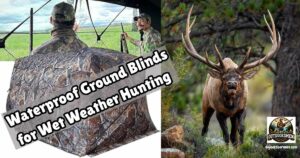
- 4 of the Best DIY Elk Hunting Areas In Colorado

- 8 Tips for Choosing the Best DIY Elk Hunting States

- 5 Hunting Gear Packing List Essentials For DIY Trips

- 7 Tips For Hunting The Elk Migration
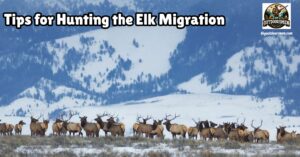
As always, stay safe, enjoy the journey, and please try to leave it cleaner than you found it. If you have any comments, questions, ideas, or suggestions, please leave them in the comment section below, and I’ll get back to you ASAP. You can follow us on YouTube: Man Art Creations for videos of our DIY Adventures.
P.S. Thanks so much for checking out our blog; we really appreciate it. Just so you know, we may receive a commission if you click on some of the links that appear on our site. This helps us keep our content free and up-to-date for everyone. We appreciate your support!
